Isostasy and Flexure of the Lithosphere
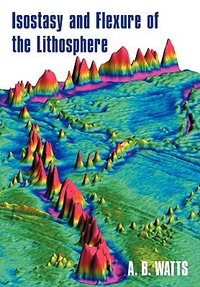
Summary
This unique book presents an overview of isostasy, a phenomenon of fundamental importance to the earth sciences. Isostasy is a simple concept, yet it has long perplexed students. To overcome this problem, the author uses a simplified mathematical treatment, numerous geological examples and an extensive bibliography. The book begins by tracing the ideas behind local and regional models of isostasy, arguing that only flexure is in accord with geological observations. It then proceeds to describe the theoretical background, the observational evidence and the constraints that flexure has provided on physical properties of the lithosphere. The book concludes with a discussion of flexure's role in understanding the evolution of the surface features of the Earth and its neighboring planets.
Similar Books
-
 Principles of Applied Geophysics
Principles of Applied Geophysicsby D.S. Parasnis
-
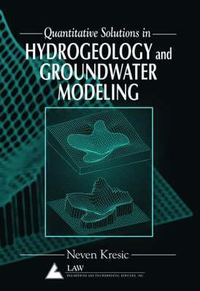 Hydrogeology and Groundwater Modeling
Hydrogeology and Groundwater Modelingby Neven Kresic
-
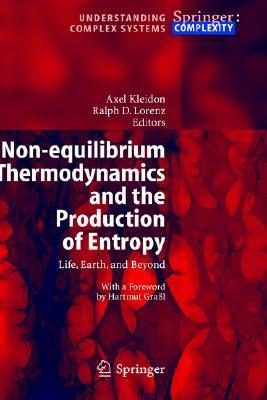
-
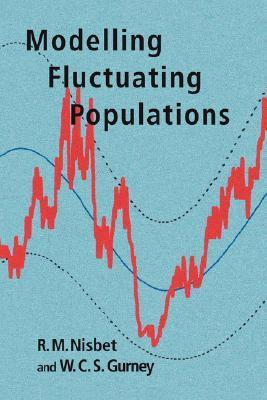 Modelling Fluctuating Populations
Modelling Fluctuating Populationsby Roger M. Nisbet
-
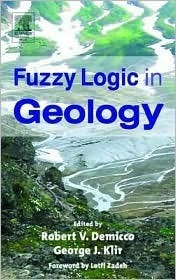 Fuzzy Logic in Geology
Fuzzy Logic in Geologyby Robert V. Demicco
-
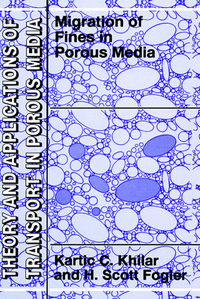 Migrations of Fines in Porous Media
Migrations of Fines in Porous Mediaby Kartic C. Khilar
-
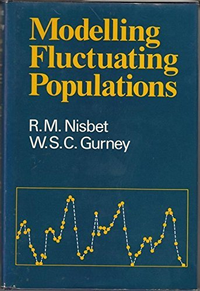 Modelling fluctuating populations
Modelling fluctuating populationsby Roger M. Nisbet
-

-
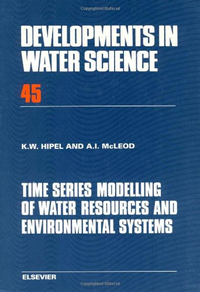
-
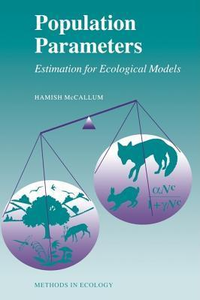 Population Parameters: Estimation for Ecological Models
Population Parameters: Estimation for Ecological Modelsby Hamish McCallum
-
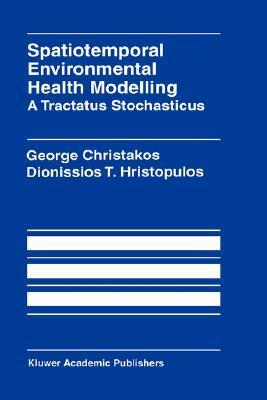 Spatiotemporal Environmental Health Modelling: A Tractatus Stochasticus
Spatiotemporal Environmental Health Modelling: A Tractatus Stochasticusby George Christakos
-
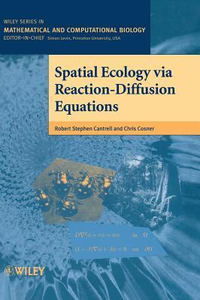 Spatial Ecology via Reaction-Diffusion Equations
Spatial Ecology via Reaction-Diffusion Equationsby Robert Stephen Cantrell
-
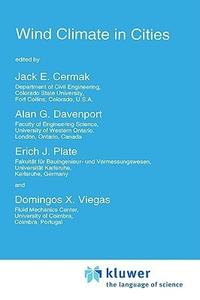 Wind Climate in Cities
Wind Climate in Citiesby Jack E. Cermak
-
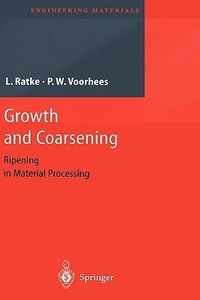 Growth and Coarsening: Ostwald Ripening in Material Processing
Growth and Coarsening: Ostwald Ripening in Material Processingby Lorenz Ratke
-
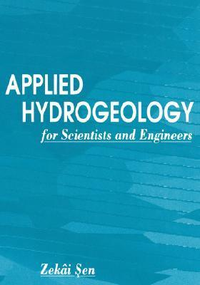 Applied Hydrogeology for Scientists and Engineers
Applied Hydrogeology for Scientists and Engineersby Zekâi Şen
-
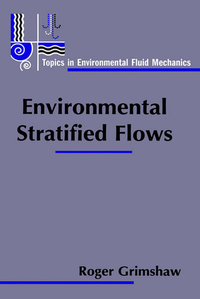 Environmental Stratified Flows
Environmental Stratified Flowsby Roger Grimshaw
-
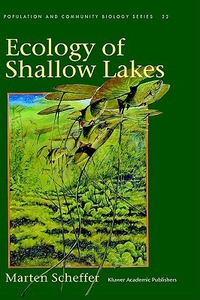 Ecology of Shallow Lakes (Population and Community Biology
Ecology of Shallow Lakes (Population and Community Biologyby M. Scheffer
-
 NUMERICAL OCEAN CIRCULATION MODELING
NUMERICAL OCEAN CIRCULATION MODELINGby Aike Beckmann
-
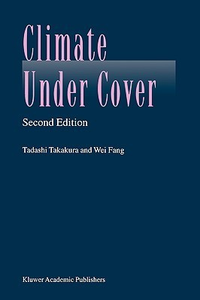 Climate Under Cover: Digital Dynamic Simulation in Plant Bio-Engineering
Climate Under Cover: Digital Dynamic Simulation in Plant Bio-Engineeringby Tadashi Takakura
-

-
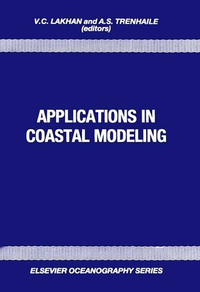 Applications in Coastal Modeling
Applications in Coastal Modelingby V.C. Lakhan
-

-
 Advanced Geological Map Interpretation
Advanced Geological Map Interpretationby F. Moseley
-
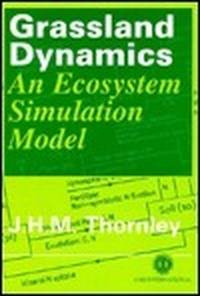 Grassland Dynamics: An Ecosystem Simulation Model
Grassland Dynamics: An Ecosystem Simulation Modelby John H.M. Thornley